NZ (final post): Rotorua to Auckland
- dougsmith51
- Nov 25, 2024
- 8 min read

Leaving the Lake Taupo area, we traveled north to Rotorua. Although New Zealand has plenty of volcanos and earthquakes, Rotorua has the country's most geothermal activity and is also a center of Maori culture. We camped at a holiday park within walking distance of downtown.
We first visited Waimangu Volcanic Valley south of town. Waimangu was the home of beautiful white and pink travertine terraces (think Mammoth Hot Springs from Yellowstone National Park) that attracted tourists to the area in the 19th Century. However, these terraces were destroyed and hundreds of people killed by a large volcanic eruption in 1886 that left a 17-mile long scar. Waimangu is one of the remnants and offers a two mile walk past steaming lakes and streams and a few very small geysers.
That evening we visited Te Puia, which is close to downtown Rotorua and contains its most active geothermal features. The site is owned and operated by one of Rotorua's Maori tribes.
We first took a guided tour past some geysers, boiling mud, and steaming vents.
On the way down to the geothermal features, we went through a animal shelter where they had three live kiwi birds. Kiwis are endangered because of non-native preditors stealing eggs from their nests on the ground. Since kiwis are nocturnal, they were hard to see. We did spot a couple, but we were not allowed to take photos.

As part of our tour, we had a buffet dinner featuring Maori foods plus standard buffet fare. After that, we visited the New Zealand Maori Arts and Crafts Institute where young Maoris from all over the country learn traditional crafts - such as carving wood & stone and cloth-making - which had been in danger of disappearing. The income from the tourist activities at Te Puia pays for the school scholarships.

Finally, we walked to the community Meeting House where Maoris from the area welcomed us into their Community Meeting house with traditional greeting rituals,
Once inside, our Maori hosts shared their culture through songs, dances, demonstrations of various traditional weapons and the haka, the Maori war chant. Today, the haka is performed by New Zealand's "All Blacks" national rugby team before each game, and on rare occasion as a protest during meetings of Parliament.
We spent the next day at the Polynesian Spa, a site dating back to the 1880s where a priest named Father Mahoney, who'd had serious arthritis, bathed regularly in the thermal spring water in hand dug pools on the edge of Lake Rotorua. He improved so much (it is said) that after three months he walked the 43 miles back to his home. Maoris had been using those same thermal pools for bathing for centuries before that.
The New Zealand government operated baths at the site for several decades before it was turned into a privately-owned spa in the 1970s.

We spent an hour soaking in several alkaline and acidic outdoor pools at different temperatures, then treated ourselves to an hour-long couples massage, had a light lunch, and then soaked for 45 minutes in a private pool.
Needless to say, we were quite relaxed by the end of the day!
That evening, Doug traveled to the Redwoods Treewalk. In the early 1900s, the New Zealand government wanted to build up its timber industry and imported trees from all over the world to see what would grow. California redwoods thrived in the New Zealand climate, growing faster than their US counterparts. There is a large 120-year-old grove near Rotorua with redwoods that are a couple hundred feet tall with diameters of 3-4 feet.
An aerial walkway has been suspended 30 feet above the ground between 22 of the trees using 23 swing bridges up to 100 feet in length. Jeannette hates swing bridges, which is why Doug did this one alone.
He started at dusk and was still on the walkway when it was lit up with many lanterns suspended from the trees, one of the highlights of the attraction.

We left Rotorua the next day, and drove about an hour to Matamata, home of the Hobbiton Movie Set. Back when he was filming Lord of the Rings, Peter Jackson's team found a sheep farm with hills, a large tree, and a lake they thought would be a perfect location for the town of Hobbiton. The set was constructed, used, then torched on camera for a scene in LOTR where Frodo sees Hobbiton burning when he looks into the Mirror of Galadriel. As part of Jackson's agreement with the landowner, the land was meticulously restored to its original condition. Based on tourists' interest, when he again needed a Hobbiton for filming The Hobbit trilogy, Jackson teamed with the landowner to build a more permanent set that could be visited by tourists who were fans of the movies. Today it's one of the North Island's premier attractions.


We were prepared for a kitschy experience but were drawn in by the setting and the attention to detail. Our guide was very enthusiastic and knowledgeable. There are dozens of hobbit holes where the owners have different vocations (carpenter, baker, beekeeper, etc.). Smoking chimneys poke out of the hillside behind round doors. Some of the holes are human-sized and some hobbit-sized, depending on which actors were going to be filmed in front of them.
At the top of the hill sits Bag End, Bilbo and Frodo Baggins' home, with its green door and a commanding view of the town.


About a year ago, the site opened an underground hobbit house that you could walk through and explore. There we also found the attention to detail amazing, including a doll house that was a miniature hobbit hole.
The tour ended with a free drink at the Green Dragon Inn.

We overnighted at a small campground on a farm in the area, then it was on the road again. We traveled first by the town of Te Puke to see a giant kiwifruit slice we'd visited in 1987. It was still there but is now closed to the public - the kiwi grower Seeka has kept it as its branding sign. In the right-hand photo below, you can see 1987 Doug waving out of the kiwifruit about two-thirds of the way up.
We then continued up to the Coromandel Peninsula which juts north of the mainland and to the east of Auckland. It's mountainous and quite beautiful and we could see down to the water on both sides as we crossed a high pass.

We visited a grove of Kauri, New Zealand's largest native tree. Kauri once grew all over New Zealand but were overlogged for ship masts and other uses in the 1800s and only a few protected groves of mature trees remain. New Zealand is very serious about protecting these groves - we had to disinfect our boots before taking the trail. Some of the trees were more than six feet in diameter, and there was a "siamese kauri" where two trees had grown together at the bottom to form a single trunk.

Then it was on to Cooks Beach. The area was named after Captain James Cook who anchored there in November 1789 during his Voyage of Discovery to record the planet Mercury transiting the surface of the sun. The beach faces on to Mercury Bay, named for this event.

On our one full day in the area, we first rode a passenger ferry for the five minute trip to the tourist town of Whitianga, which would otherwise have taken 40 minutes of driving.

We then walked to the edge of town to do some grocery shopping at Woolworths, a large grocery chain in Australia and New Zealand that has no relation other than name to the old 5&10 stores in America. Aussies and New Zealanders have different names for many items so we had to pick up a "trundler" for our groceries before we entered the store.

We crossed back over to Cooks Beach and drove the campervan to the town of Hahei. There we took a tour with Hahei Explorer that uses inflatable zodiacs to explore the local coastline.
One of the main attractions is Cathedral Cove, a beautiful arch that has featured in a number of movies and many Instagram photos. When we visited it in 1987 we pretty much had it to ourselves. In recent years, we read, it can be visited by thousands of people daily.
A February 2023 storm damaged the trail down to the cove and it won't reopen until December 2024 or January 2025. When we visited with our zodiac, we saw only a couple people who had been dropped off by a water taxi.


Since it was high tide with only gentle swells, we were also able to poke into several caves along the coast.
One opened into a giant sink hole more than 50 feet across and the sky more than 100 feet above us.
We drove back to Cooks Beach and hiked the Shakespeare Cliffs scenic trail which provided us an expansive view of Mercury Bay and Cooks Beach.

A three hour drive the next day took us to the Auckland suburb of Takapuna Beach where we began repacking for the flight home to Virginia. On Thursday, November 14, we completed our packup and drove to Wilderness Motorhome near the Auckland airport to turn in our campervan. It had been great for traveling and exploring, and was definitely roomier and much more comfortable than the two vans we'd had in Australia. We checked into an airport hotel, the JetPark, for the two nights we'd have before flying back home.
That evening, we traveled to another Auckland suburb, Devonport, to the home of Lauar and Will Watts, a couple we'd met and talked with for 15 minutes on the Abel Tasman Trail.

Laura and Will, who'd moved to New Zealand from the UK in 2018, spontaneously invited us to have dinner with them once we arrived in Auckland. To get to their home in Auckland's suburbs, we took an Uber, then a train, then a ferry across the harbor. We always treasure the chance to get to know locals when we travel, and we had a wonderful visit with them and their son Flanders. As they drove us back to the airport hotel, we stopped for a view of downtown Auckland at night.

The next day Jeannette was feeling a bit under the weather, so Doug ventured into Auckland by himself to visit the Auckland War Memorial Museum. It does have sections devoted to World Wars I and II, but also many other exhibits including New Zealand flora and fauna, Maori culture, and even volcanoes (the city of Auckland is built on a field of over a dozen volcanos). He signed up for a guided tour and, as the only one who showed up, had a great 90-minute private tour through the collection.

This sail, used by Maoris for oceangoing voyages, languished in the basement of the British Museum for 200 years before being found and lent to the Auckland Museum. Scholars have been studying it to learn old sailmaking techniques, including the application of bird feathers to the edges.


On Saturday, November 16, our last day in New Zealand, we traveled together to the Auckland Art Gallery and spent several hours going through their wonderful collections. There were paintings by New Zealand women and a collection of modern art donated by the Julian and Josie Robertson, an American couple who had divided their time between New York City and New Zealand.
Another exhibit highlighted art depicting New Zealand's relation to the sea (we learned that no location in the whole country is more than 80 miles from the ocean).
There was also a room full of portraits of Maori chiefs painted in the late 1800s by Bohemian-Czech artist Gottfried Lindauer.
We Uber'd back to the hotel to retrieve our bags, shuttled to the airport, then checked in for our 7:45 pm flight. You may remember that we lost an entire day crossing the International Date Line on our way down. This time we had the reverse effect and November 16 was, for us, 42 hours long. Our Air New Zealand flight from Auckland to Houston lasted 14 hours. We had a 3-hour layover to get through immigration and customs, and then boarded a 3-hour domestic flight on United to National Airport in D.C. Fortunately, all the flights were on time and our baggage stayed with us the whole way.
We'd been gone for 76 days, just over two-and-a-half months. It's likely that this will be longest international trip we'll take in our older years but, who knows? It was wonderful seeing two countries we'd loved in the past, noting how they'd changed, and taking in sights and experiences old and new.
We have a couple of surgeries coming up in the next months, so it may be April or May 2025 until the Ciaowagen drives off on its next adventures. We'll sign off for now, but hope that you'll share in those future travels.
It's good to be home (for a while... the wanderlust is still there).







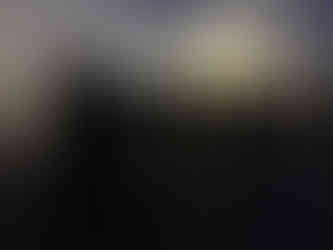





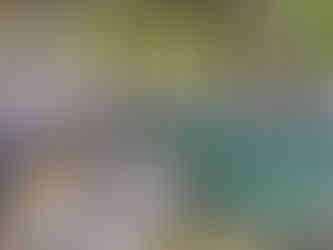





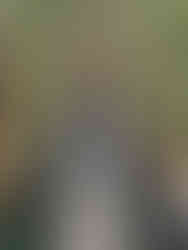


















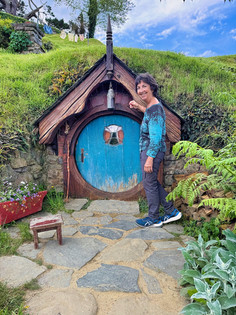
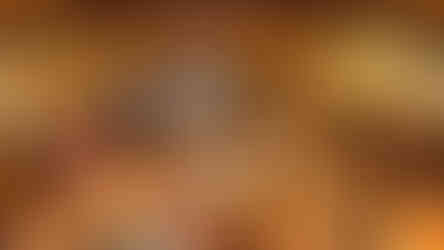




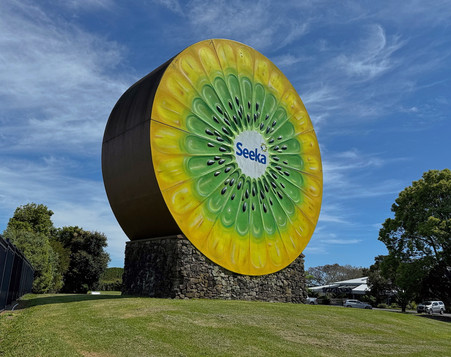








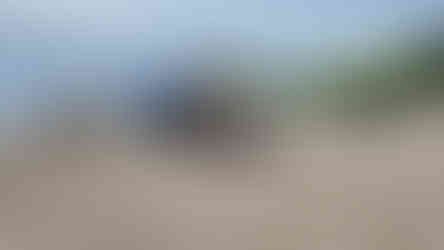





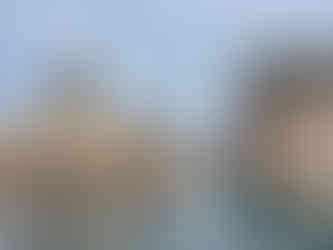




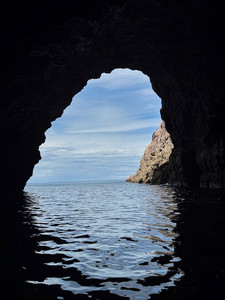
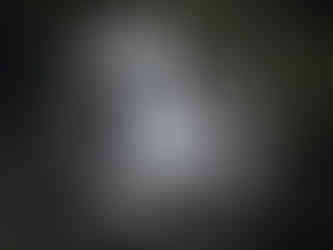














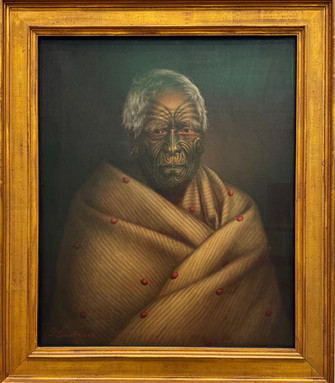







Comments